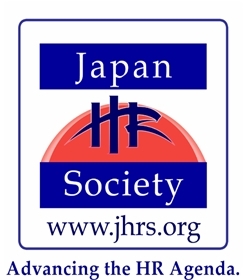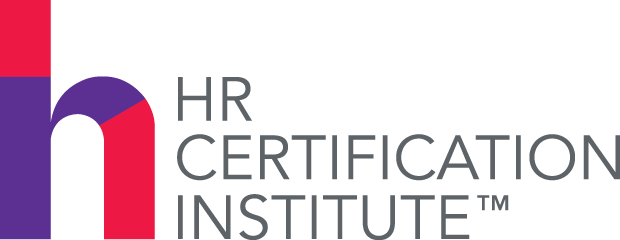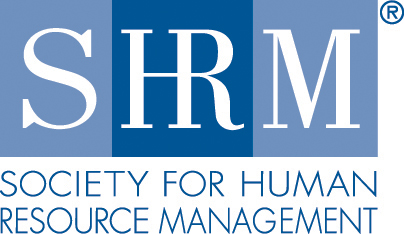The JHRS Knowledgebase
|
JHRS Poll Results
|
Latest Exclusive/Premium HR White papers & Resources
|
HRA Magazine
|
The HR Agenda - Digital Edition
|
Exclusive HR Multimedia Resources
|
FOR JOB-SEEKERS: Guide to Effective Job Search & Career Development
|
The JHRS eBooks Collection
|
Free Book Summaries
|
Other Premium Benefits
Powered by Wild Apricot Membership Software





